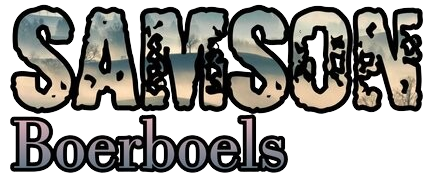South African Boerboel
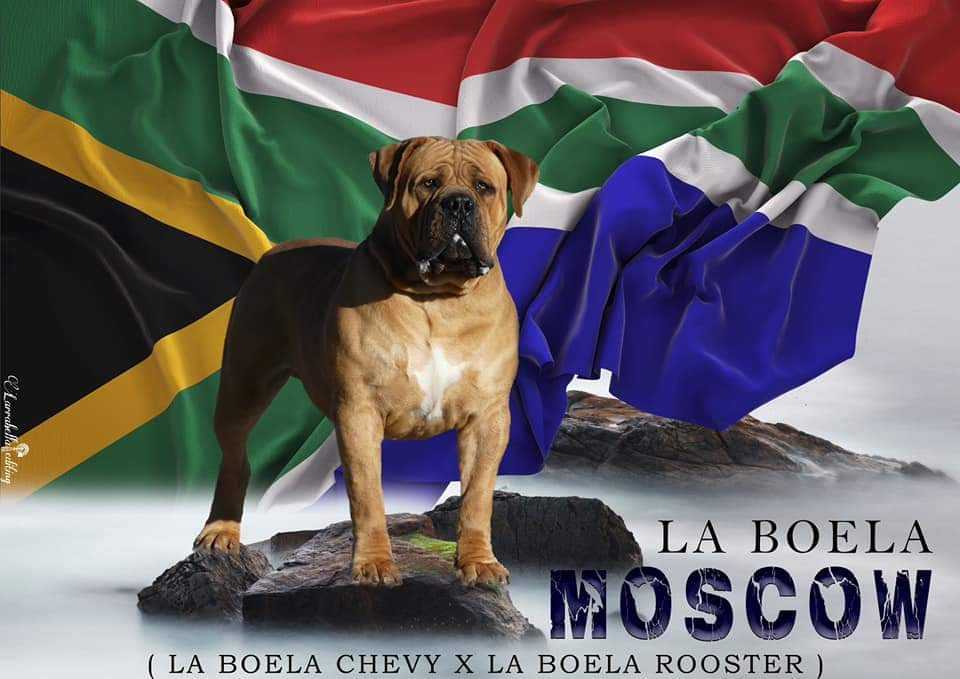
Among enthusiasts of mastiff-type dogs, a pressing question nowadays is whether there still exists a mastiff breed that is healthy, free from genetically inherited diseases, and primarily, suitable for work. Does such a breed exist at all? Yes, it does: the boerboel or the South African Mastiff.

When the colonization of Africa began at the dawn of the modern era by European powers, the white settlers brought with them their large breed guard and territory dogs from their homelands. These were predominantly ancient bulldog and molosser-type breeds, whose role at that time was solely for work. Even by the standards of that era, they faced astonishing conditions, as the indigenous people were not welcoming to the newcomers, and these areas were home to the world's most dangerous large predators: lions, leopards, hyenas, and cheetahs. These dogs had to stand their ground in such environments, and only the fittest, strongest, and healthiest survived and reproduced with each other.
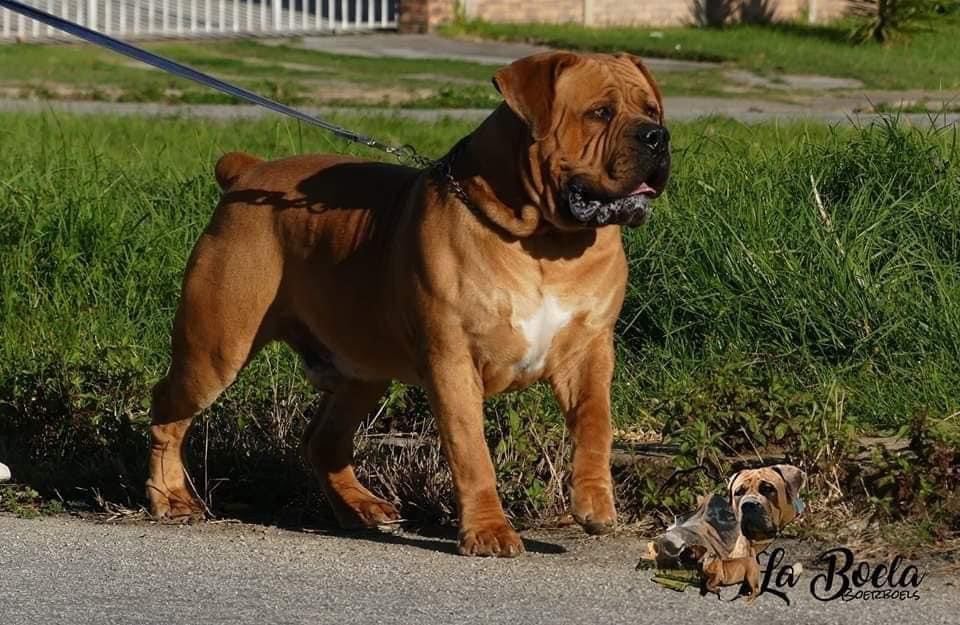
Already in the 18th century, travelers mentioned the large dogs of the Boers living in the South African region, which were described as having huge bodies and massive heads, and according to accounts, feared nothing. Legend has it that four such dogs could subdue a lion or fend off an attack by a 70-kilogram leopard. Incredible stories have circulated (and still do) about these dogs, some of which are undoubtedly folklore or products of the imagination. However, we can be certain that these individuals were subjected to an extraordinary level of selection, far beyond the average and unknown in Europe.
What were the tasks that the mastiff-type dogs of the Boer farmers had to fulfill?
The tasks of the Boer farmers' mastiff-type dogs included guarding the territory, which in their case spanned hundreds to thousands of hectares. They protected the farmers' livestock against large predators, who were practically a constant presence in these areas. Additionally, there were the local indigenous tribes, who understandably tried to rid their tribal lands of the invading settlers. The Boerboels were usually kept in packs of several dozen individuals who excellently fulfilled their duties while also being family dogs, as large families lived on these farms. Thus, the Boerboels were developed, among which only the strongest, toughest individuals could survive under these circumstances. They were able to compete with the wildlife, were impeccably healthy, and could adapt to extreme weather conditions.

Muscle colossus
The Boerboel is a massive mastiff that, unlike many of today's European mastiff breeds, has not lost its agility over time. Although its body weight is huge – with larger males reaching up to 90 kilograms – it is explosive, agile, and surprisingly enduring. Being from Africa, it copes well with hot summers, unlike its European counterparts. Primarily due to the relentless selection of its past, it is an exceptionally healthy breed, not requiring frequent visits to the vet, and hip dysplasia is almost an unknown issue for it. Despite its enormous size, it is a fantastically long-lived breed, with individuals reaching 12-13 years of age not being uncommon.

Who is the Boerboel suitable for?
Imagine a dog that is all muscle, highly capable of work, with incredible guarding and protective instincts, yet its weight is nearly the same as that of a Great Dane. A dog that, during its development and selection, had to patrol and guard vast territories against all comers, regardless of the weather conditions. A dog that has retained its abilities and need for movement to this day, making it unsuitable for confinement in small spaces.
Anyone considering this breed should have substantial experience with large and extremely strong dogs, including their training and proper handling. Additionally, the prospective owner should be able to provide several thousand square meters of open space for their future Boerboel to roam and protect. Partly for these reasons, responsible breeders do not recommend this breed for suburban environments, and keeping them in an apartment is out of the question, especially considering that such a dog, if sensing danger, could easily break through an average strength apartment door. The future owner should also consider the costs of maintaining a Boerboel, as this 70-90 kilogram mass of muscle requires a substantial intake of food, which could mean consuming 1-2 kilograms of super premium food daily, or even larger quantities of meat.

However, for those who are prepared for all these aspects and are enthusiasts of large, Molosser-type dogs, there are few experiences more enjoyable than observing a Boerboel at work, or even better, becoming the owner of such a dog.
Character
The Boerboel is a balanced, confident, and generally calm dog. It is extremely loyal, forming strong bonds with family members and willing to protect them at any cost, even risking its own life. The Boerboel is remarkably brave and sensible, never sparing itself. It is obedient and cooperative with its family but can also take the initiative independently. With a strong territorial instinct, it is alert and attentive, making an excellent guard dog – intruders attempting to enter the home stand no chance. The Boerboel guards its charge in a restrained manner, typically barking only when there is a problem. Keeping it in a run deprives it of the human companionship it needs. Given its devoted nature, it's clear that this dog thrives as a member of the family, which is also beneficial for the development of its character.
Behavior with others
This dog gets along extremely well with all people and animals that are considered part of the family. It pays special attention to children in the best sense of the word. The Boerboel is alert around strangers, but if its owner makes it clear that they are welcome guests, the dog will accept them as well. Generally, it coexists well with other dogs that are part of the family, but tends to behave dominantly towards unfamiliar dogs, such as those encountered on the street.
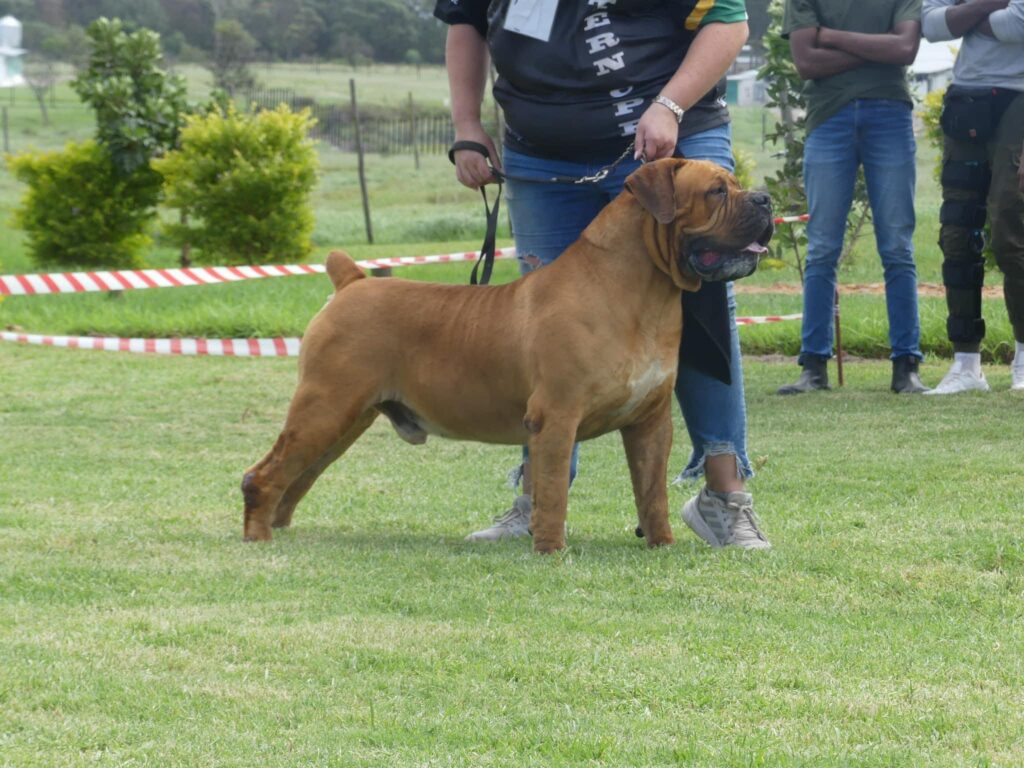
Fur care needs
The breed's fur does not require special grooming. During the shedding season, dead and loose hairs can be removed from its coat using a rubber brush or a rubber grooming glove.
Tanítása
A boerboel értelmes kutya, amely szeret gazdája kedvében járni – ennek megfelelően könnyen nevelhető. Szinte bármit meg lehet tanítani neki. Az is biztos azonban, hogy ez a fajta nem felel meg bárkinek: olyan gazdára van szüksége, akinek természetes tekintélye van a kutyák előtt, és aki igen következetes és harmonikus módon tudja végigvinni a nevelést. Határozatlan, tapasztalatlan és engedékeny személyeknek nem ajánlható.
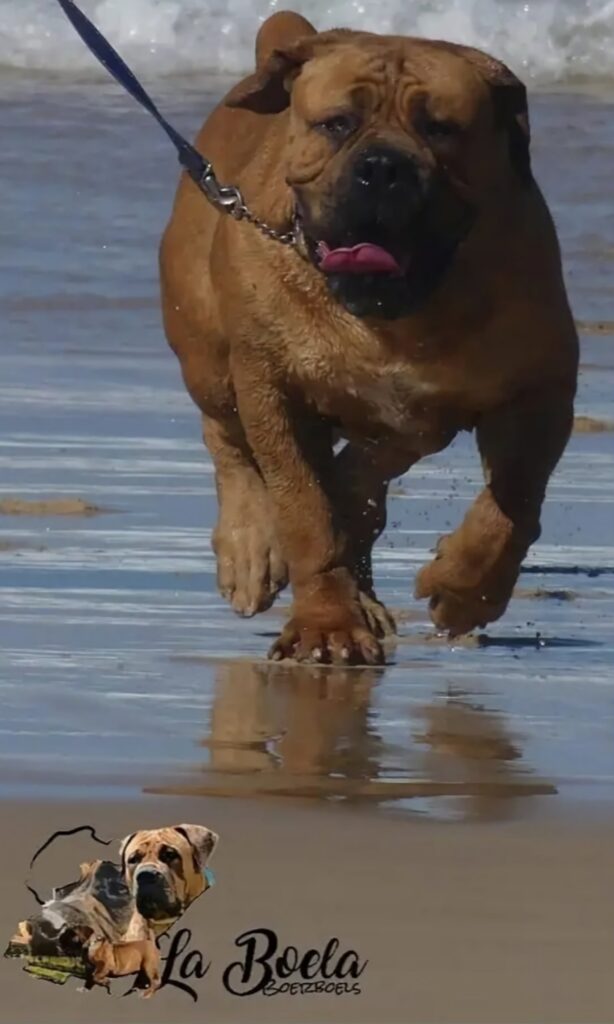
Exercise needs
The Boerboel has average exercise needs. It is a very agile dog and can walk for long hours without getting tired. Almost every Boerboel enjoys playing with a ball and fetching.
Who wouldn't love a boerboel?
In rural areas of South Africa and Namibia, people absolutely adore the Boerboel, and for good reason: this dog has proven time and again how excellently it can guard large farms and the families living there. In other countries, it's rare and is primarily kept by enthusiasts of the breed as a vigilant companion. Given its characteristics and origins, this dog is especially recommended for those who have plenty of space and a large, securely fenced garden. The bustling city center is not an ideal environment for it.

sources: https://www.azenkutyam.hu/elet/boerboel-csupor-erik/, https://kutyafajtak.hu/
